Description
Some of the factors that you may consider when choosing toilet paper are:
• The number of plies: Toilet paper can have one, two, three, or more plies, which are layers of paper that are glued together. More plies usually mean more durability and comfort, but also more cost and waste.
• The type of material: Toilet paper can be made from virgin pulp, recycled pulp, bamboo pulp, or other plant-based fibers. Virgin pulp is the highest quality and most expensive, but it also consumes more trees and water. Recycled pulp is cheaper and more eco-friendly, but it may contain traces of chemicals or contaminants. Bamboo pulp is a renewable and biodegradable alternative that is soft and strong, but it may be harder to find.
• The certification and labeling: Toilet paper can have different certifications and labels that indicate its quality and environmental impact. For example, the Forest Stewardship Council (FSC) certifies that the toilet paper is made from responsibly managed forests. The Programme for the Endorsement of Forest Certification (PEFC) certifies that the toilet paper is made from sustainably sourced wood. The European Union Ecolabel (EU Ecolabel) certifies that the toilet paper meets high environmental standards throughout its life cycle.
• The brand and price: Toilet paper can have different brands and prices that reflect its reputation and value.

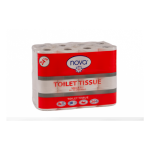
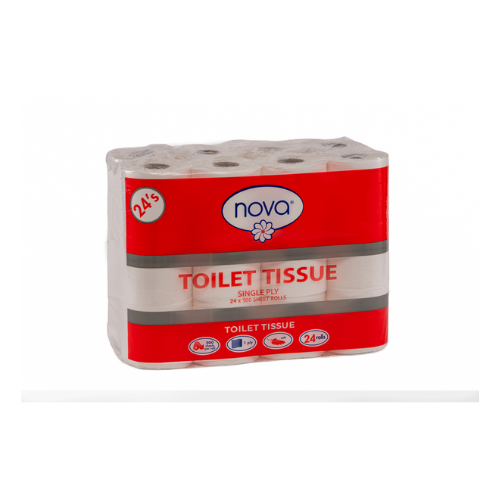
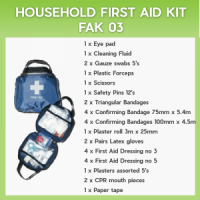
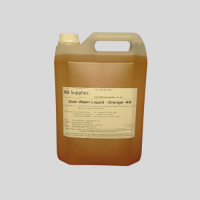
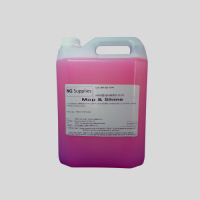

Reviews
There are no reviews yet.